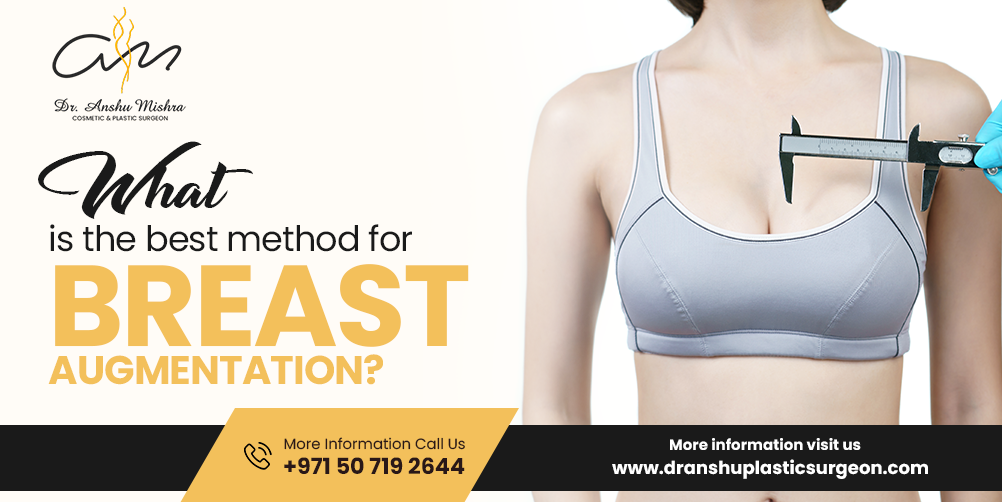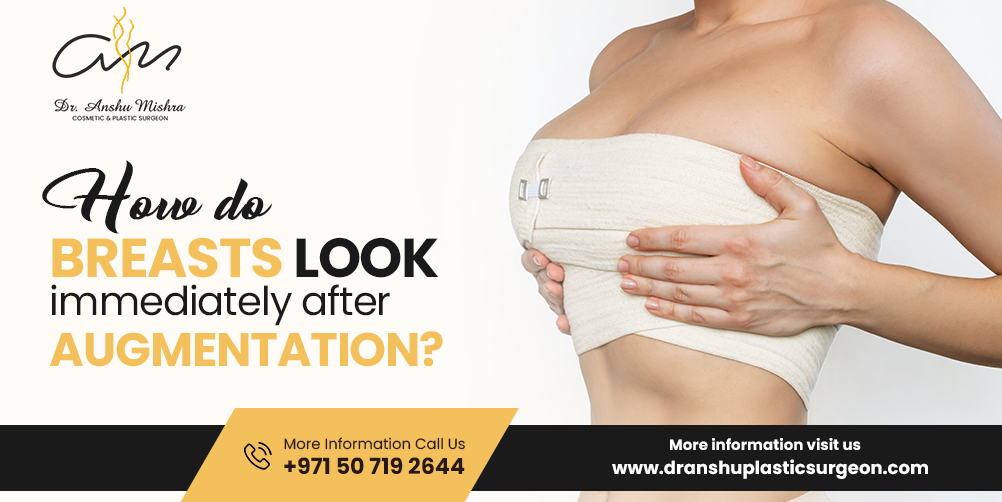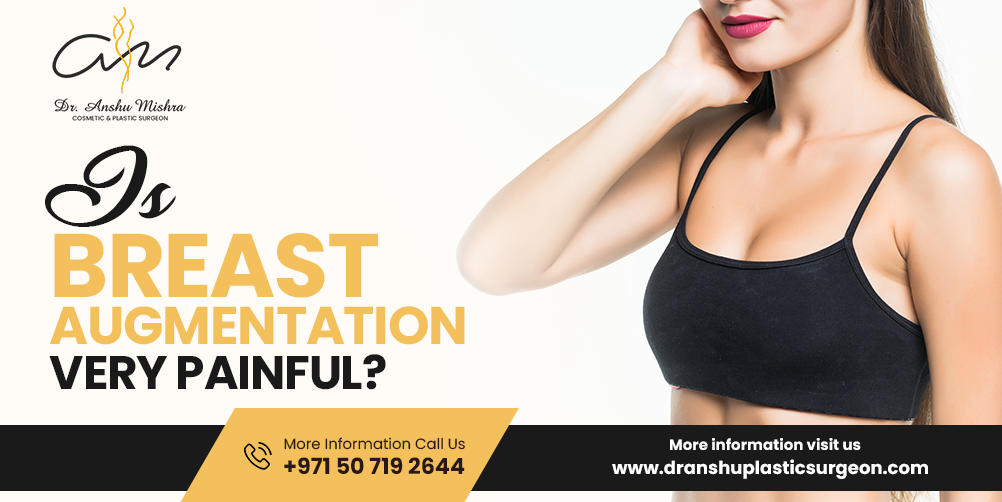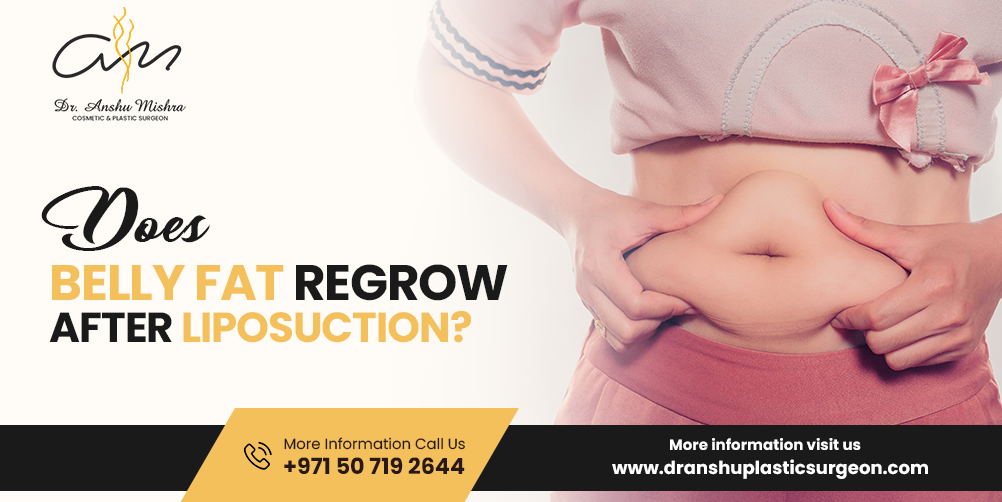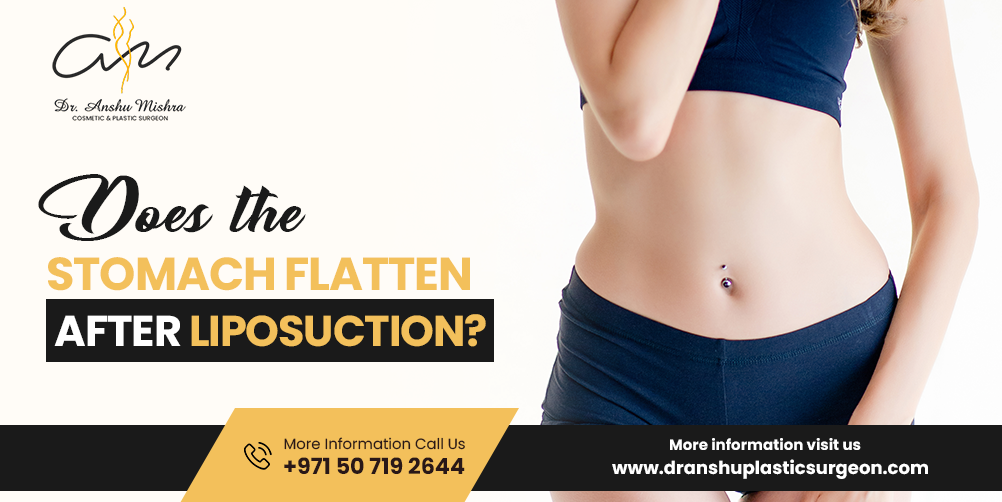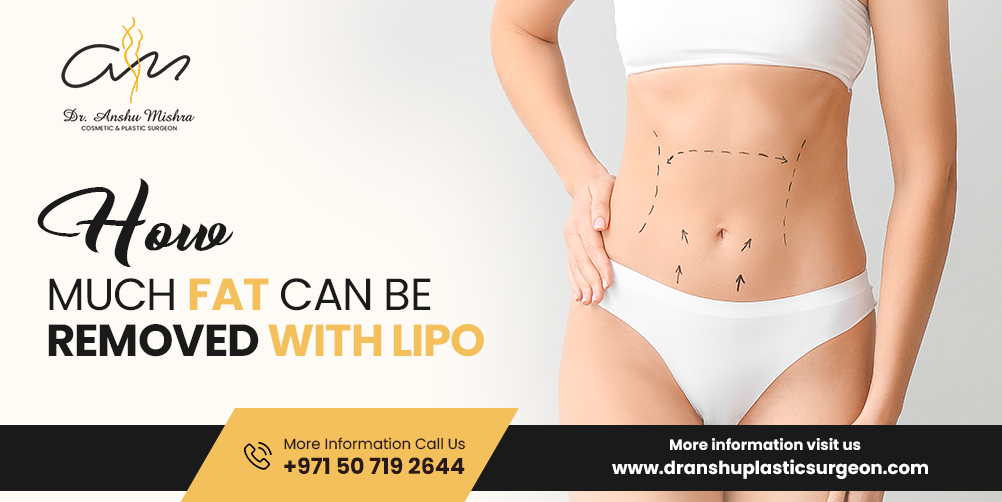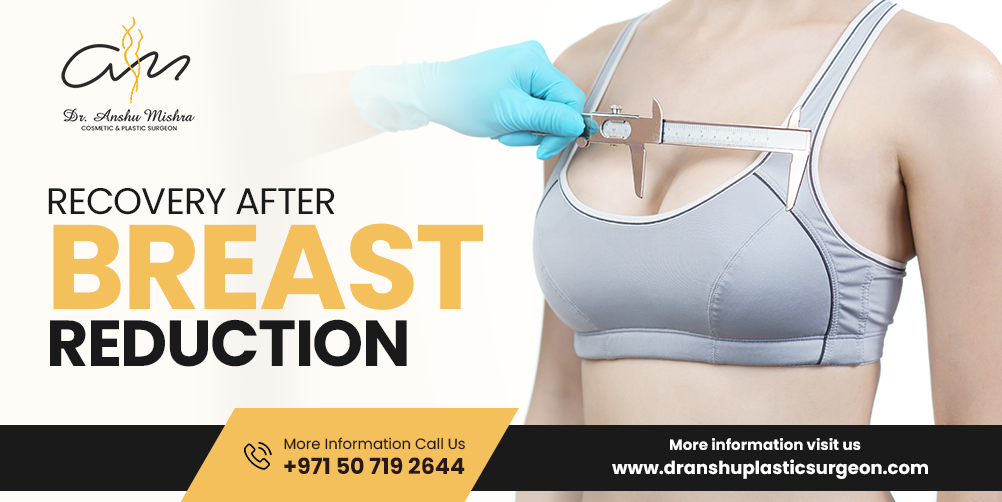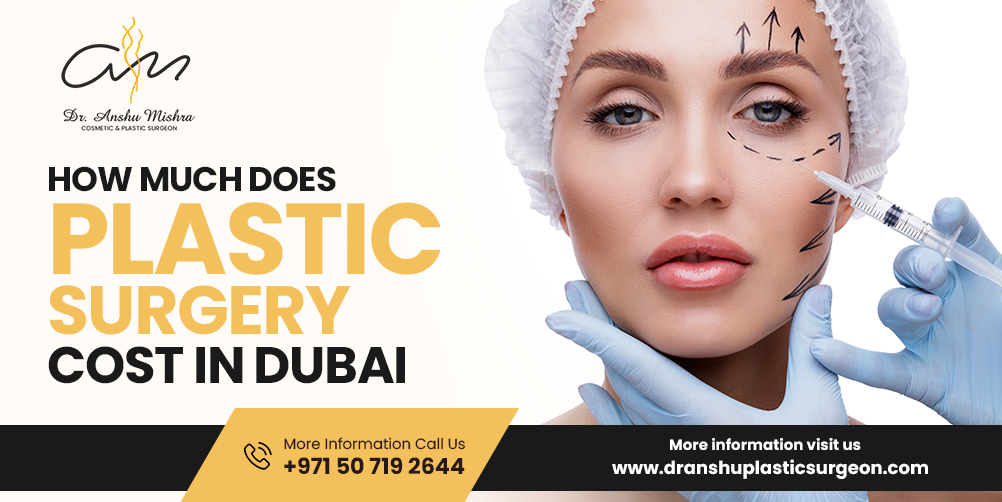Breast augmentation is one of the most commonly performed cosmetic procedures worldwide. Many women consider this surgery to enhance their physical appearance, restore breast volume lost due to pregnancy or weight loss, or improve symmetry. With multiple surgical techniques available, choosing the best method depends on individual goals, body type, and medical recommendations.
With advancements in surgical techniques, women now have more options to achieve natural-looking results. This article discusses the most effective methods for breast augmentation, their advantages, possible risks, and factors to consider before undergoing the procedure. For more information about breast augmentation in Dubai, consult best plastic surgeon in Dubai.
Table of Contents
ToggleBreast Augmentation Methods: An Overview
Breast augmentation can be performed using different techniques, each catering to specific needs and expectations. The three main methods used for breast augmentation are:
- Breast implants
- Fat transfer (Autologous fat grafting)
- Composite breast augmentation
Each method has its own benefits and considerations, which we will discuss in detail below.
Breast Implants
Breast implants are the most widely used method for augmentation. They provide a predictable increase in size, offer long-lasting results, and are available in different shapes and sizes.
Types of Breast Implants
There are two primary types of breast implants, each offering unique benefits based on individual needs.
1. Silicone Implants
Silicone implants are filled with a cohesive silicone gel, a material designed to closely mimic the feel and consistency of natural breast tissue. This type of implant is known for being less prone to rippling, which contributes to a smoother and more natural-looking result. One consideration with silicone implants is that they typically require a slightly larger incision for insertion.
2. Saline Implants
Saline implants, in contrast, are filled with sterile saltwater after they have been placed in the body. While they are more susceptible to rippling, a potential aesthetic disadvantage, they offer the benefit of being easily adjustable in volume. Because saline implants are inserted empty and then filled, they can often be placed through smaller incisions, which can be a desirable feature for some patients.
Implant Placement Techniques
The placement of implants plays a crucial role in achieving natural-looking results and minimizing complications.
- Subglandular (Above the Muscle) – The implant is placed behind the breast tissue but above the chest muscle. This method offers a shorter recovery time but may not be suitable for women with minimal natural breast tissue.
- Subfascial (Under the fascia) – The implant is placed under a thin layer called fascia which is a supportive layer around the chest muscle .The fascia provides the additional support for the implant.
- Submuscular (Under the Muscle) – The implant is placed beneath the chest muscle, offering a more natural look and reducing the risk of visible implant edges.
- Dual Plane: This technique involves placing part of the implant under the muscle and part under the glandular tissue. It aims to combine the benefits of both subglandular and submuscular placement.
Incision Options
Surgeons use different incision techniques depending on the patient’s anatomy, implant type, and personal preference.
- Inframammary (Under the Breast Fold) – The most common method, providing direct access for precise implant placement.
- Periareolar (Around the Areola) – Leaves minimally visible scars but may affect nipple sensation.
- Transaxillary (Through the Armpit) – No scars on the breast, but may offer less control over implant positioning.
- Transumbilical (Through the Umbilicus): This less common approach is primarily used for saline implants. The implant is inserted through an incision in the belly button and guided to the breast pocket.
Benefits
Here are some of the key advantages of breast implants that make them a popular choice for many women seeking augmentation:
- Offers significant and predictable volume enhancement.
- Available in various shapes and sizes.
- Long-lasting results (typically 10-15 years or longer).
- Improved self-confidence and body image.
- Can correct asymmetry or developmental breast deformities.
Risks
While breast implants offer many benefits, it’s also essential to be aware of the potential risks associated with the procedure. Here are some of the key risks that patients should consider before undergoing breast augmentation:
- Capsular contracture (scar tissue formation around the implant).
- Implant rupture or leakage.
- Potential for revision surgery in the future.
- Temporary or permanent changes in nipple sensation.
- Risk of infection, which may require implant removal.
Fat Transfer Breast Augmentation
Fat transfer, also known as autologous fat grafting, is a natural alternative for women who prefer a modest increase in breast size without implants.
Procedure
The fat transfer procedure involves three main steps:
- Liposuction – Fat is harvested from areas such as the abdomen, thighs, or flanks.
- Purification – The extracted fat is processed to remove impurities.
- Injection – The purified fat is injected into the breasts to achieve the desired volume.
Benefits
Here are some of the significant advantages of using the patient’s natural fat for breast augmentation, making it an appealing option for those seeking a more natural enhancement:
- Uses the patient’s natural fat, reducing the risk of rejection.
- No foreign implants, minimizing complications.
- Dual benefit of body contouring and breast enhancement.
- Less scarring compared to implants.
- More natural-looking results, with a softer feel.
Limitations
Here are some critical points to consider regarding the limitations of fat transfer breast augmentation, which might influence your decision-making process:
- Provides a subtle increase in breast size (typically 1 cup size or less).
- Some of the transferred fat may be absorbed by the body over time.
- Requires adequate fat reserves for successful grafting.
- Results may vary based on how well the fat survives post-injection.
- May require multiple sessions to achieve the desired volume.
Composite Breast Augmentation
This method combines implants with fat transfer to create a more natural appearance and feel. It is ideal for women who want the volume and shape of implants but also desire additional refinement using their own fat.
Procedure
This method follows a two-step process:
- Implant Placement – A silicone or saline implant is inserted to provide primary volume enhancement.
- Fat Grafting – Fat is harvested and injected around the implant to smooth edges and enhance softness.
Benefits
Here are some of the standout advantages of this method:
- Combines the best aspects of both implants and fat transfer.
- Enhances natural contours while achieving the desired volume.
- Ideal for women seeking a customized augmentation result.
- Reduces the visibility of implant edges.
Risks
Like any surgical procedure, composite breast augmentation comes with its own set of risks. These include:
- More complex surgery with longer recovery.
- Higher overall cost due to dual procedures.
- Potential for fat absorption, which may slightly alter results over time.
Factors to Consider Before Choosing a Method
Choosing the right breast augmentation method involves multiple factors, including:
1. Desired Breast Size and Shape
Your desired breast size and shape are primary factors. Women seeking a significant increase in breast volume often choose breast implants. Implants offer a predictable and customizable way to achieve a specific size and shape. Conversely, women looking for a more subtle enhancement may find fat transfer a suitable option. Fat transfer can provide a natural-looking increase in size, but the results are typically less dramatic than with implants.
2. Body Type and Fat Availability
Body type and the availability of donor fat are crucial considerations, especially for fat transfer. This procedure relies on having enough excess fat in other areas of the body, such as the abdomen, thighs, or buttocks, to harvest and transfer to the breasts. Women with very low body fat may not be ideal candidates for fat transfer. In such cases, breast implants might be a more appropriate choice.
3. Recovery and Downtime
Recovery and downtime vary between the two procedures. Breast implant surgery generally requires a recovery period of 1-2 weeks, during which you may experience some discomfort, swelling, and bruising. Fat transfer may have a shorter initial recovery time, but it’s important to remember that it also involves liposuction to harvest the fat. This liposuction can add to the overall recovery process and may result in additional discomfort or swelling in the donor areas.
4. Cost Considerations
Cost is an important factor for many women. In Dubai, the cost of breast augmentation typically ranges from 25,000 AED to 40,000 AED. These are approximate figures, and the actual cost can vary depending on the clinic, surgeon’s fees, and other factors.
5. Long-Term Maintenance
Long-term maintenance is another key difference. Breast implants are not designed to last a lifetime. They may require replacement or revision surgery after 10-15 years, or sometimes sooner, due to factors like rupture, leakage, or capsular contracture. Fat transfer, on the other hand, offers permanent results, as the transferred fat cells become part of the breast tissue. However, the results can be affected by significant weight fluctuations. Composite augmentation, combining both methods, may require touch-up procedures to maintain a balanced look between the implant volume and the transferred fat over time.
Conclusion
Breast augmentation is a highly personal choice, and the best method depends on individual preferences, body type, and long-term goals. While implants offer a significant and lasting volume increase, fat transfer provides a more natural enhancement without foreign materials. Composite augmentation allows for a balanced approach, combining the benefits of both techniques.
If you are considering breast augmentation and want expert guidance, consulting an experienced surgeon is crucial. Dr. Anshu Mishra, a leading specialist in cosmetic and reconstructive surgery, can provide comprehensive advice and customized treatment options. Book a consultation today to explore the best approach for achieving your desired breast enhancement.


